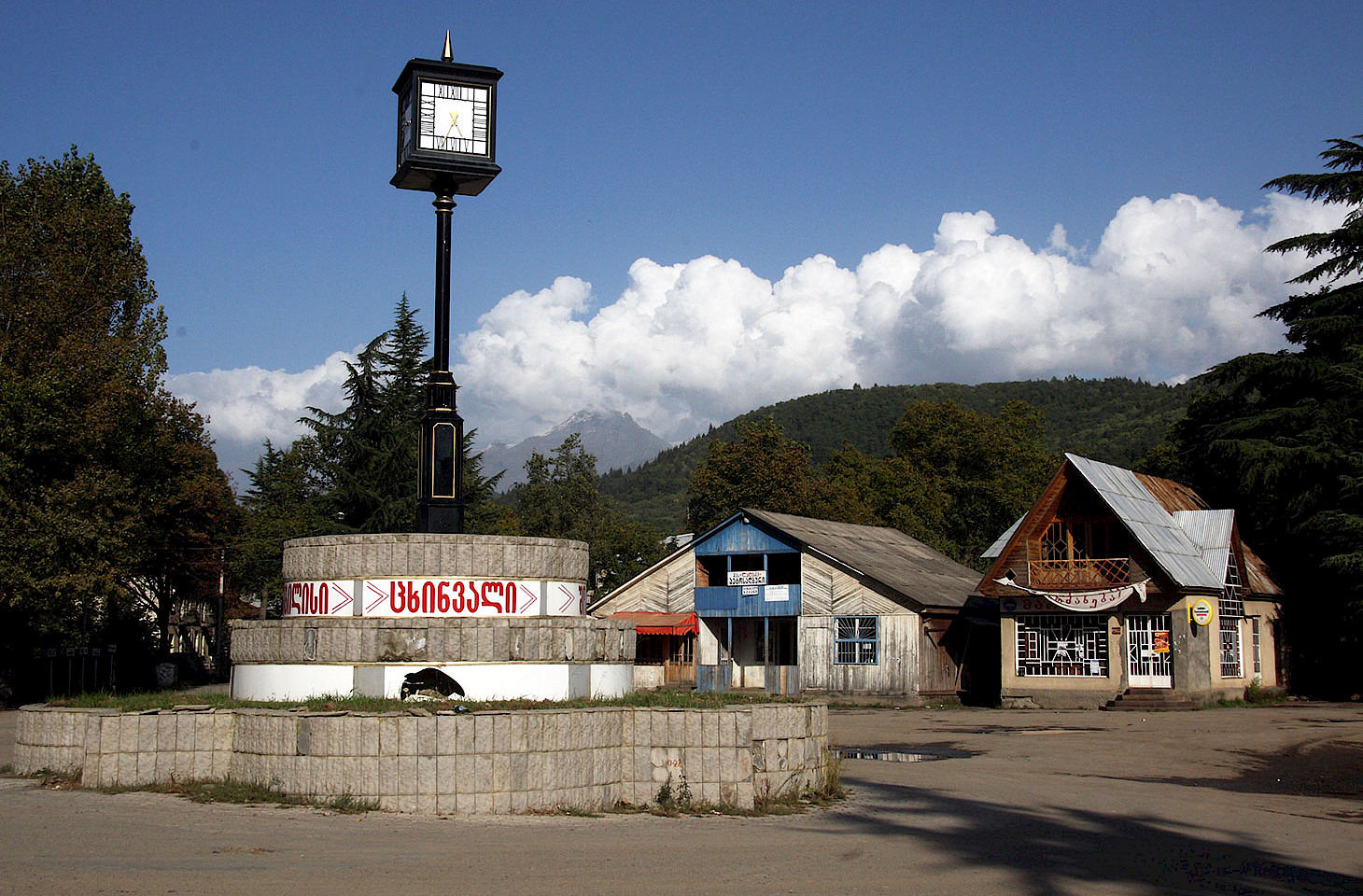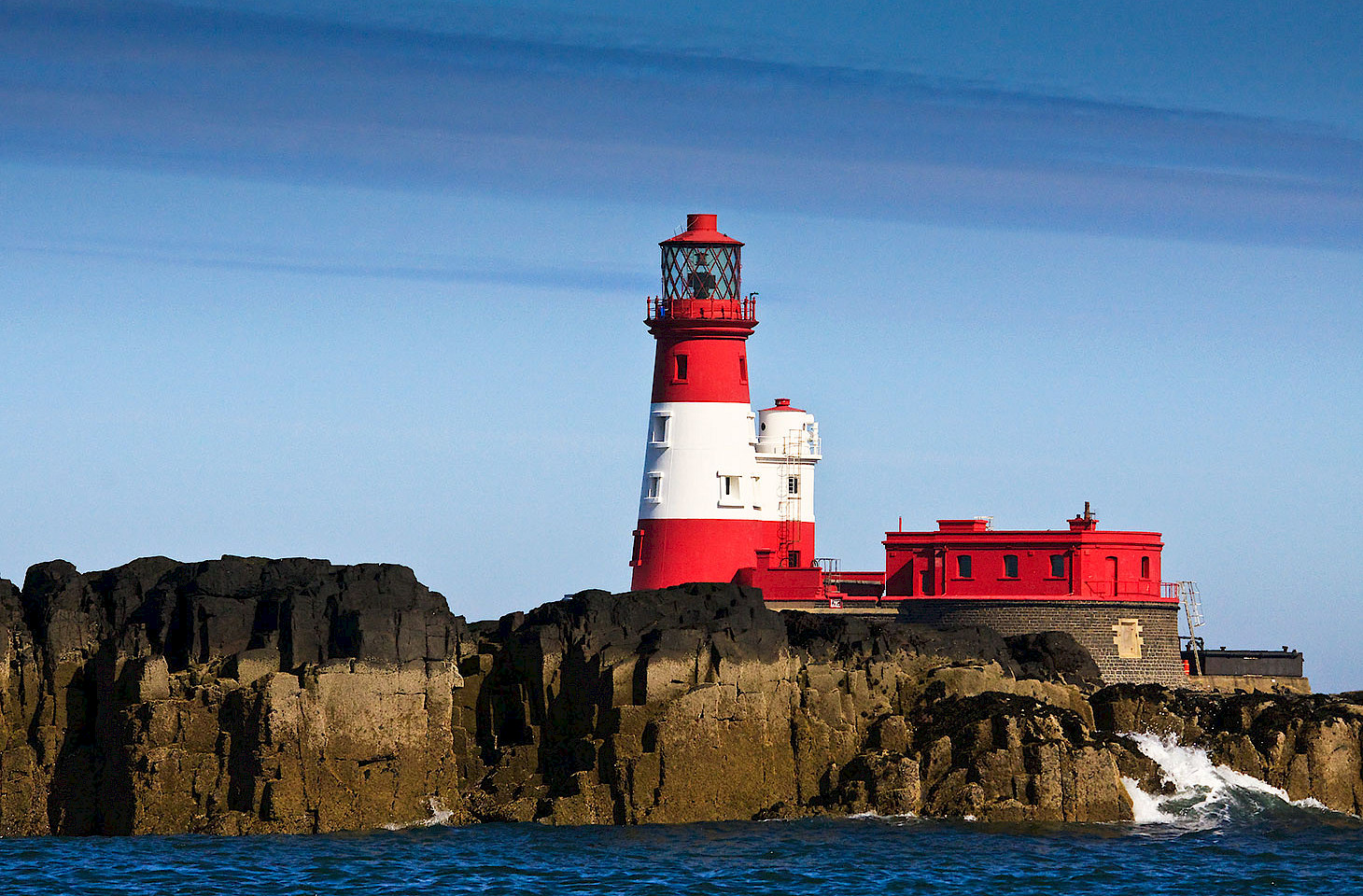Orcadians know it as heather blether. It’s a local term for the fleeting appearance of islands, whether real or imagined, amid the haze of late afternoon sun. These apparitions are a northern latitude equivalent of the mirages that taunt thirst-stricken sailors and desert explorers. And, standing on the rocky outcrop of Strom Ness, in the south-east corner of North Ronaldsay, I realise that the heather blether is all around.
Away to the south I can pick out the undulating flatlands of the island of Sanday, its duneedged contours resembling those of a low-flying contrail. It must be half-a-dozen kilometres away. Farther to the right is the lumpier island of Papa Westray but between them, where my map insists there is nothing but open water, I swear I see hills and headlands.
Then, amid this hazy blur, a more clearly delineated shape emerges from behind Sanday. This is the MV Earl Sigurd, the 30-year-old vessel which operates the shipping route connecting North Ronaldsay to the Orkney capital Kirkwall. The vessel steams across the bay, heading for the pier at Nouster, a few hundred metres away to my west.
A small crowd of islanders has gathered to greet the ship. This is what one might call an island moment. I head over to join them, walking across the crescent-shaped sands of South Bay where harbour and grey seals slither into the water to warily monitor my progress.
The word ‘crowd’ is relative on North Ronaldsay, which is home to little more than 50 people. Measuring five kilometres north-south by three kilometres east-west, this is the smallest permanently inhabited island in the Orkney archipelago (there are one or two smaller ones whose populations are seasonal) and also the most northerly. North Ronaldsay is over 50 km north of Kirkwall. Next stop north is Fair Isle (45 km away), then Shetland (80 km distant).
The sharp chatter at the pier conveys a sense of occasion. The Earl Sigurd brings in the weekly shopping, fresh fruit, farm machinery, visitors, family and friends.
I chat with Alexandra Wright, who has lived on North Ronaldsay for two years. “This is a social occasion,” she laughs. “We’re all here to talk and to see what everyone else has bought.”
With a hefty echo of brassy clangs the goods are lifted off the ferry by crane and united with their owners. Then everyone disperses. As soon as the ferry has reloaded, the master sets sail south. I’m left alone on the pier. I wonder if I have just experienced a human version of the heather blether.
A walk around the island
Nowhere is very far from anywhere else on North Ronaldsay, so I decide to walk around the island’s magnificently empty coast. There’s no footpath, just a score of kilometres plodding along sheep tracks which hug the outside of a drystone wall, or dyke, that encircles the entire island.




